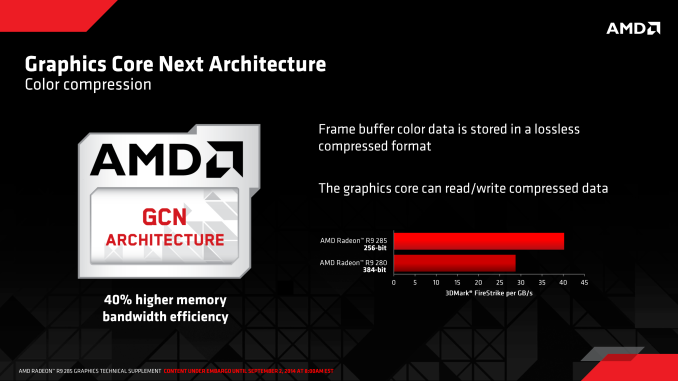How much ESRAM do you need for 4k, assuming some type of reconstructive or interpolating approach to rendering? How much die space do you lose that could provide for a bigger gpu?
I have a feeling they'll ditch it.
Edit:
UE4 render target @ 4k
8294400 pixels * ~52 bytes (gbuffer layout as best as I can tell) = ~431308800 bytes = ~412 megabytes
That's native 4k rendering, which we know the console isn't going to do, but you can see how it quickly gets really hard to make an eSRAM that's large enough to accommodate a large render target. The smaller it gets the more limited its uses become. Maybe if it gets paired with really fast memory, that becomes less of an issue, where Xbox One is too reliant on eSRAM bandwidth. You need engines like UE and Frostbite to run very well.
Not to mention eSRAM management is just adding complexity that's out of line with making PC and Xbox development more similar.
I have a feeling they'll ditch it.
Edit:
UE4 render target @ 4k
8294400 pixels * ~52 bytes (gbuffer layout as best as I can tell) = ~431308800 bytes = ~412 megabytes
That's native 4k rendering, which we know the console isn't going to do, but you can see how it quickly gets really hard to make an eSRAM that's large enough to accommodate a large render target. The smaller it gets the more limited its uses become. Maybe if it gets paired with really fast memory, that becomes less of an issue, where Xbox One is too reliant on eSRAM bandwidth. You need engines like UE and Frostbite to run very well.
Not to mention eSRAM management is just adding complexity that's out of line with making PC and Xbox development more similar.
Last edited:

